- Proudly Made in the USA
- Products
-
Fire Rated Doors Full vision 20-45 minute fire protective doors and 60-90 minute temperature rise doors tested to NFPA 252 / UL 10C / ULC S104.
- GPX® Architectural Series Fire Protective
- GPX® Architectural Series Fire Resistive
- GPX® Builders Series Fire Protective
- GPX® Builders Series Temperature Rise
- GPX® Hurricane
- GPX® Ballistic
- GPX® Vision Kit
-
Specialty Glass
- Laminated Safety Glass
-
- Literature
- Specs
- Details
- Videos
- Resources
- Blog
- Contact
Menu
Why Your Business Needs 1 Hour Fire Rated Windows for Enhanced Safety
In today’s fast-paced business environment, ensuring the safety and security of your commercial space is paramount. One crucial aspect of this is the installation of 1 hour fire rated windows, which serve as a vital line of defense against fire hazards. These specialized windows are designed to withstand fire exposure for a minimum of one hour, providing critical time for occupants to evacuate and for emergency services to respond. By integrating 1 hour fire rated windows into your building’s design, you not only enhance the overall safety of your property but also potentially reduce insurance premiums and increase the marketability of your business. This article delves into the myriad reasons why investing in these fire-rated windows is essential for businesses looking to prioritize safety and compliance while also showcasing the benefits that extend beyond mere fire protection.
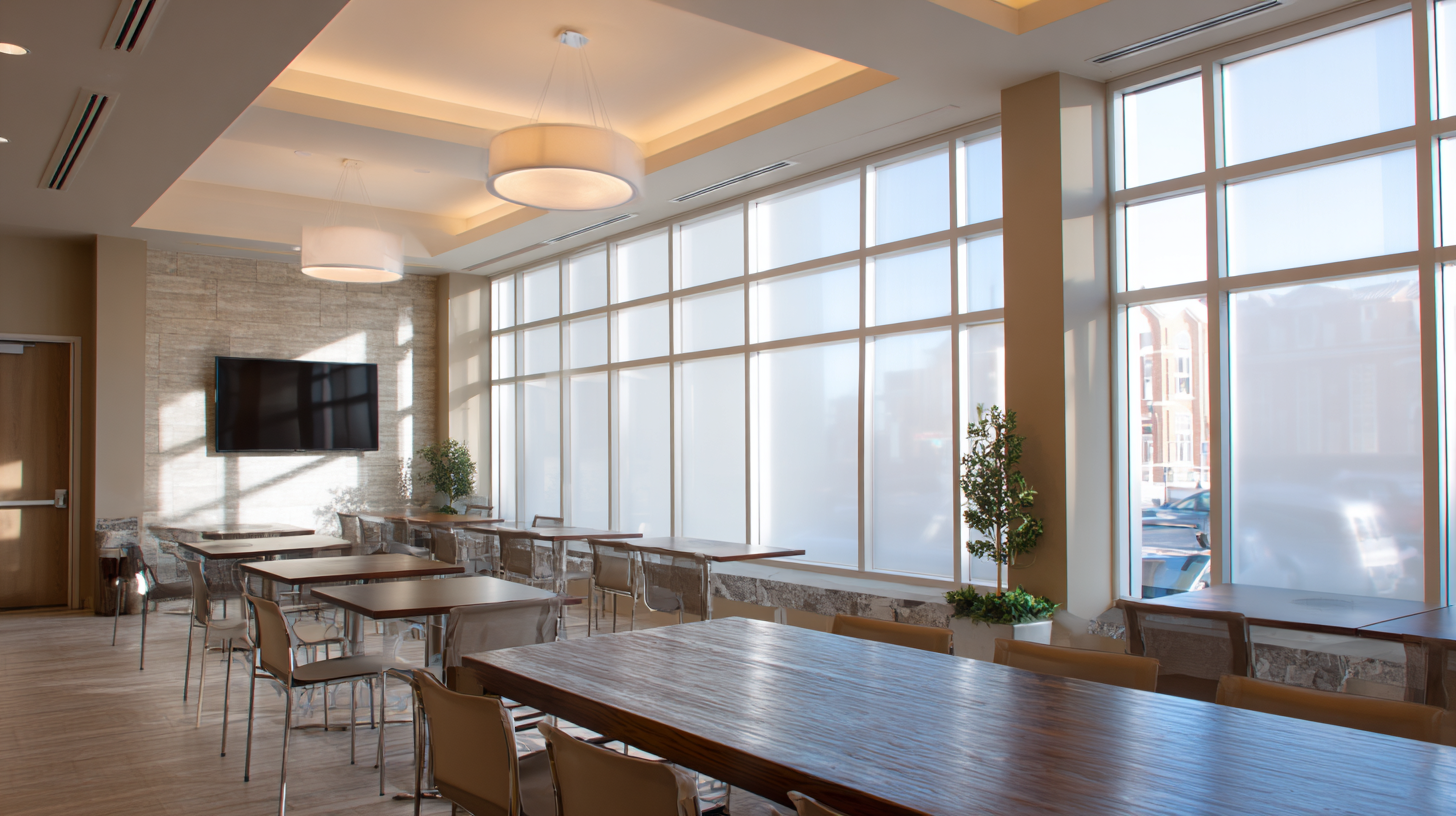
Table of Contents
[Hide]
Understanding the Importance of Fire Rated Windows for Business Safety
Fire rated windows are a crucial element for enhancing business safety, particularly in areas prone to wildfires. As revealed in recent discussions, certain designs can significantly mitigate risks associated with fire. These windows not only provide a physical barrier against flames but also help maintain safe internal temperatures, protecting both physical assets and personnel. The importance of utilizing fire rated windows becomes even clearer when considering California's ongoing wildfire challenges; businesses must implement these safety features to comply with stricter regulations and ensure an environment resilient to fire hazards.
Tips for improving fire safety in your business include regularly inspecting and maintaining landscaping around your establishment. This can help reduce the risk of fire spread. Additionally, consider integrating fire-rated glass and framing systems into your building's architecture. Such features not only enhance visual aesthetics but also provide superior protection in emergency situations. By prioritizing these safety measures, businesses can foster a secure atmosphere for employees and customers, thereby reinforcing their commitment to safety and preparedness.
Key Features of 1 Hour Fire Rated Windows and Their Benefits
1 Hour Fire Rated Windows are essential for enhancing safety in commercial and residential buildings. These windows are designed to withstand fire for a minimum of one hour, providing crucial time for occupants to evacuate and for emergency services to respond. According to the National Fire Protection Association (NFPA), nearly 1,300,000 fires were reported in the U.S. in 2020, leading to significant property damage and loss of life. Investing in fire-rated windows not only complies with safety codes but also offers peace of mind against unforeseen fire hazards.
Key features of 1 Hour Fire Rated Windows include tempered glass and specialized frame materials that can endure extreme heat. They typically consist of multiple layers of glass with intumescent interlayers that expand in response to heat, preventing the spread of flames and smoke. A study from the Fire Protection Research Foundation highlights that properly installed fire-rated glazing can limit fire spread by 40% compared to standard windows, significantly boosting the overall safety profile of a building. Furthermore, the energy efficiency of these windows can lead to reduced heating and cooling costs, enhancing their appeal as a dual-purpose investment.
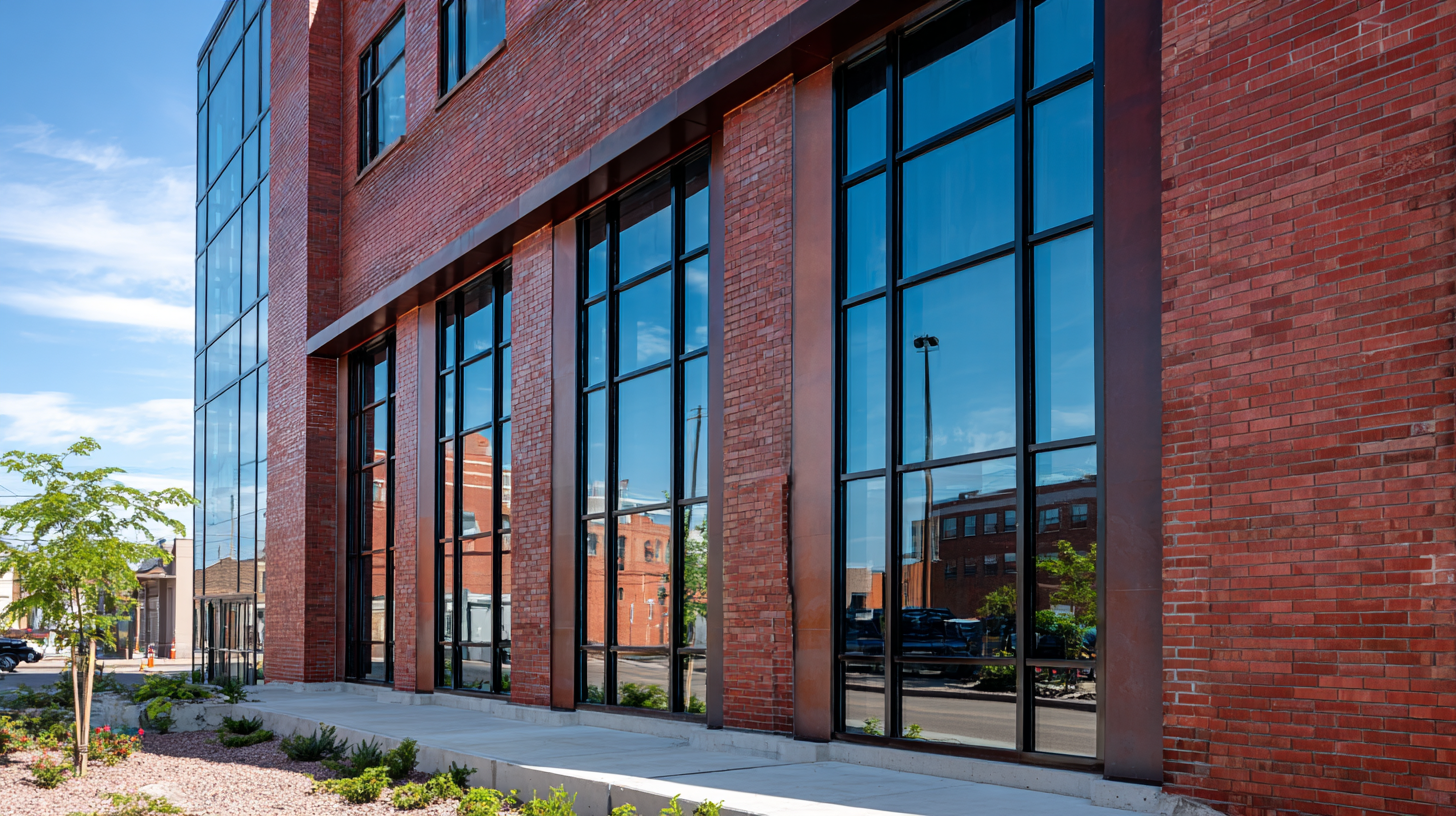
Steps to Evaluate Your Current Windows for Fire Safety Standards
When assessing the fire safety of your business, it’s essential to evaluate your current windows thoroughly. According to the National Fire Protection Association (NFPA), approximately 50% of building fire deaths are attributed to smoke inhalation, which underscores the importance of having windows that can withstand fire. One-hour fire-rated windows are specifically designed to endure high temperatures and limit the spread of flames and smoke, providing critical additional time for evacuation.
To begin the evaluation, check for the label on your windows. Fire-rated windows are typically marked with a label indicating their fire-resistance rating, which can provide assurance that they meet the necessary safety standards. Additionally, inspect the condition of the frames and seals; damaged or aging components can significantly impair the window's effectiveness during a fire. According to the International Code Council (ICC), using windows that do not meet industry standards can lead to severe consequences, contributing to further property damage and increased risk to life. Making informed upgrades can enhance safety and potentially lower insurance costs, making it a worthwhile investment for any business.
Installation Process: Ensuring Compliance and Proper Fit for Fire Rated Windows
When it comes to fire safety in buildings, particularly during loft conversions, the importance of 1-hour fire-rated windows cannot be overstated. These windows are essential for providing an extra layer of protection against the spread of fire and smoke, thereby ensuring the safety of residents and property. Proper installation of fire-rated windows is critical; it requires adherence to specific compliance standards to ensure they are effectively integrated into the building structure.
The installation process involves a series of steps to guarantee a proper fit and adherence to regulations. First, it's essential to verify the building’s fire safety plan, which outlines requirements for fire-rated components. Accurate measurements are crucial, as improperly sized windows can compromise safety. Furthermore, using suitable materials that meet industry standards is vital to resist heat and flames. According to a report by the National Fire Protection Association, properly installed fire-rated windows can delay the spread of fire for over an hour, giving occupants valuable time to evacuate.
**Tips:** Ensure that the installation team is experienced with fire-rated products, as they possess the knowledge required to meet compliance standards. Regular maintenance checks should be performed on fire-rated windows to assess any potential damage, as even minor issues can render them less effective. Investing in quality windows and professional installation is a key step toward enhancing your building's fire safety.
Fire Safety Compliance: Importance of 1 Hour Fire Rated Windows
Maintenance Tips to Maximize the Lifespan and Effectiveness of Fire Rated Windows
Fire rated windows are essential for ensuring safety in commercial and residential buildings, providing critical protection against the spread of flames and smoke. To maximize their effectiveness and lifespan, proper maintenance is crucial. According to a report by the National Fire Protection Association (NFPA), improper maintenance can lead to a 30% decrease in fire safety performance, making it vital for building owners to prioritize care for their fire rated windows.
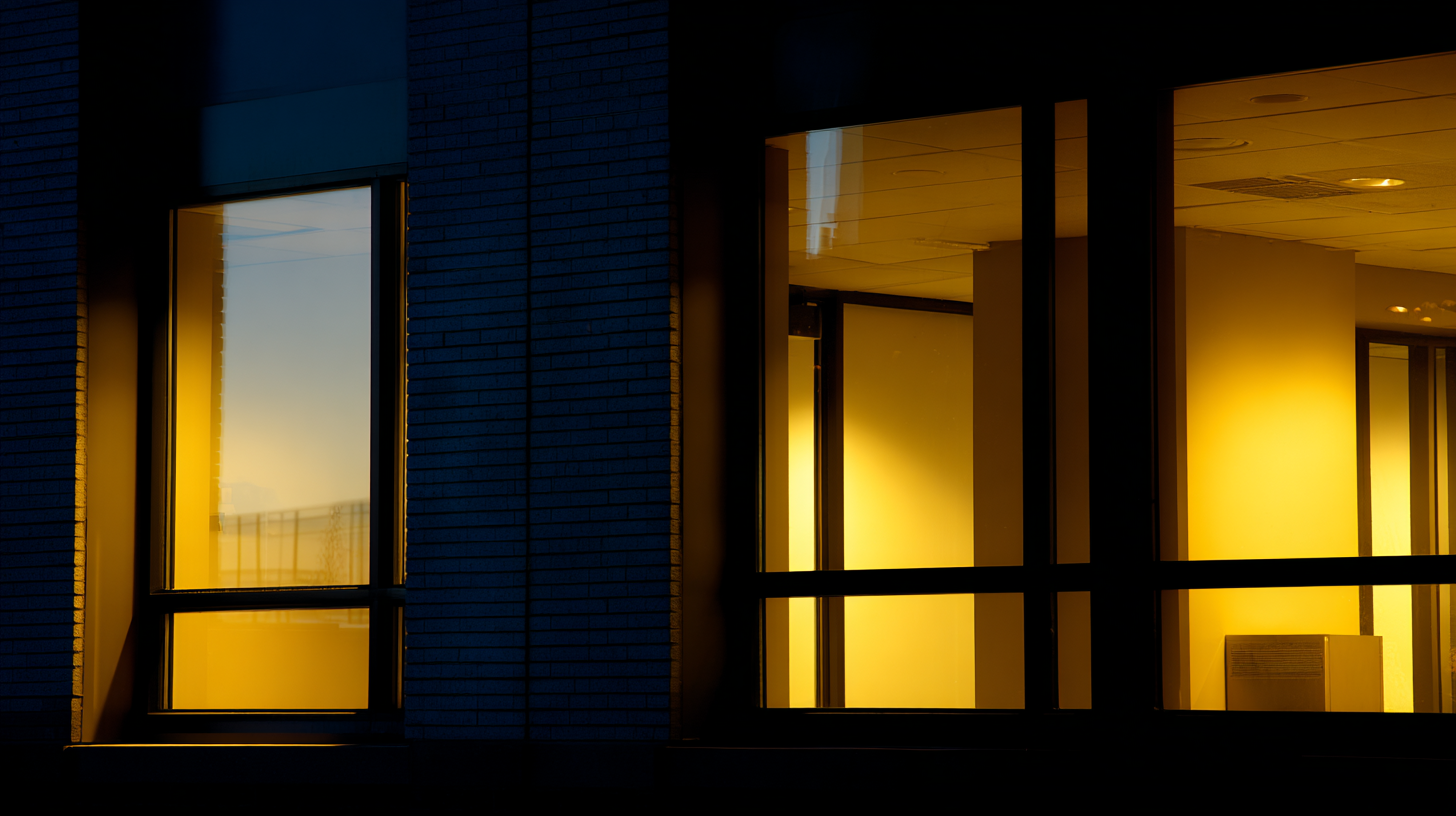
One key maintenance tip is regular inspection. Check for any cracks or damage in the frames and glazing, as even minor imperfections can compromise their fire resistance. The International Code Council recommends performing these inspections at least twice a year to identify wear and tear early. Another important aspect is ensuring that the sealing and weather stripping are intact. This prevents moisture infiltration that can degrade materials and reduce the window’s effectiveness over time.
Finally, keep the windows clean and free of obstructions. Regular cleaning helps maintain visibility and ensures that fire-rated systems can function optimally in the event of an emergency. Consider using non-corrosive cleaning agents to avoid damaging the materials. By adopting these maintenance practices, businesses can enhance the longevity and reliability of their fire rated windows, contributing to a safer environment for all occupants.
Related Posts
-
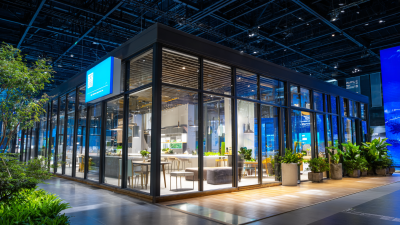
Discovering the Growth of Fire Rated Windows Market at the 138th Canton Fair 2025 Insights and Trends
-

Exploring Market Opportunities for 45 Minute Fire Rated Doors at 2025 China Import and Export Fair
-
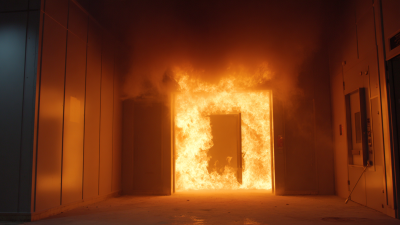
What is the Importance of a 60 Minute Fire Rated Door in Building Safety
-
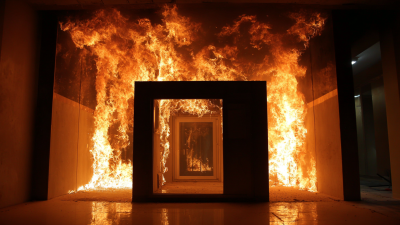
What Is Fire Proof Glass and How Does It Enhance Safety in Modern Architecture?
-
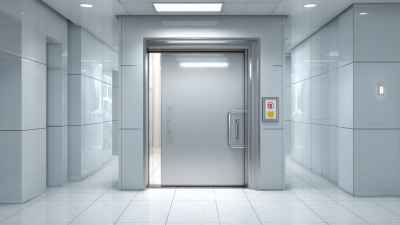
How to Choose the Right 60 Minute Fire Rated Door for Your Building Needs
-
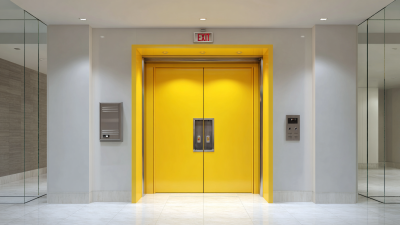
How to Choose the Right 60 Minute Fire Rated Door for Your Building Needs
Engineering. Design. Code.
Whether you’re looking for fire-rated walls, doors, openings, floors or a specialty service, we have the solution for you. With over 40 years of experience in testing, innovating, and providing technologically advanced fire-rated glass and framing products, we deliver unyielding performance and quality at a competitive price.
Contact
Phone
Fax
Email
Sign up for our Newsletter!
Get notified of industry updates and new product alerts.
© 2025 SAFTI FIRST. All rights reserved.

